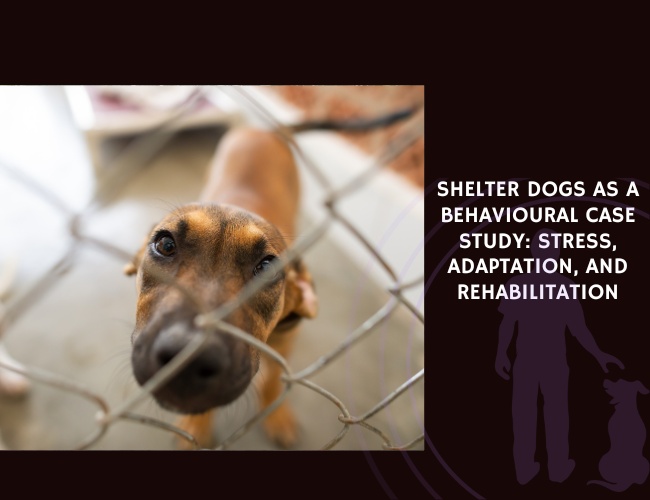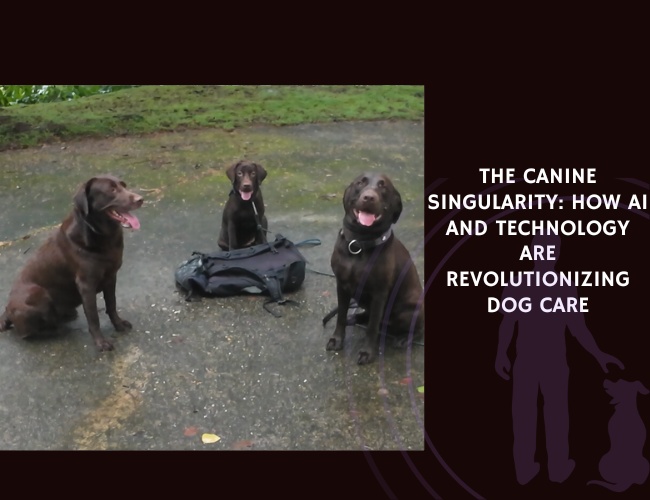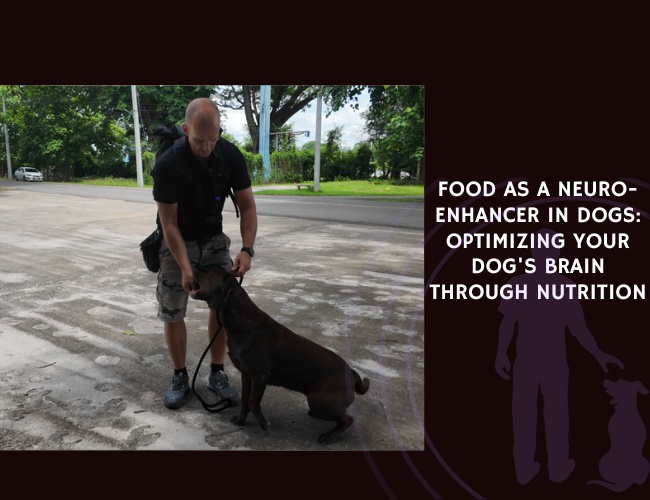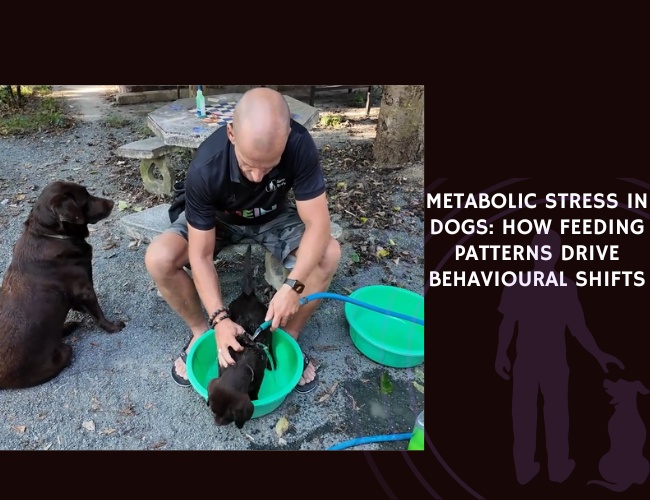Racca et al. (2012) explored how dogs process emotional expressions in faces, comparing their responses with those of 4-year-old children. Since emotional processing is subject to brain lateralisation, the researchers measured eye movements of dogs exposed to pictures of expressive human and dog faces.
The results showed a clear lateral gaze bias in dogs toward conspecific faces, with gaze direction depending on the emotional valence of the expression. This bias was less pronounced when dogs viewed human faces, indicating a species-specific difference in how emotions are perceived.
In contrast, children showed different processing patterns, suggesting that dogs and humans engage opposite hemispheres of the brain when decoding emotional faces. This difference underscores the unique evolutionary adaptations of dogs for both intraspecific and interspecific communication.
The findings add to our understanding of canine cognition, showing that while dogs are sensitive to human emotional expressions, their strongest gaze biases remain oriented toward conspecific communication.
Source: Racca, A., Guo, K., Meints, K., & Mills, D. (2012). Reading Faces: Differential Lateral Gaze Bias in Processing Canine and Human Facial Expressions in Dogs and 4-Year-Old Children. Journal: PLoS ONE, Volume 7. Publication Date: 2012-04-27. Authors: A. Racca, K. Guo, K. Meints, D. Mills. References: 69. Citations: 120.










